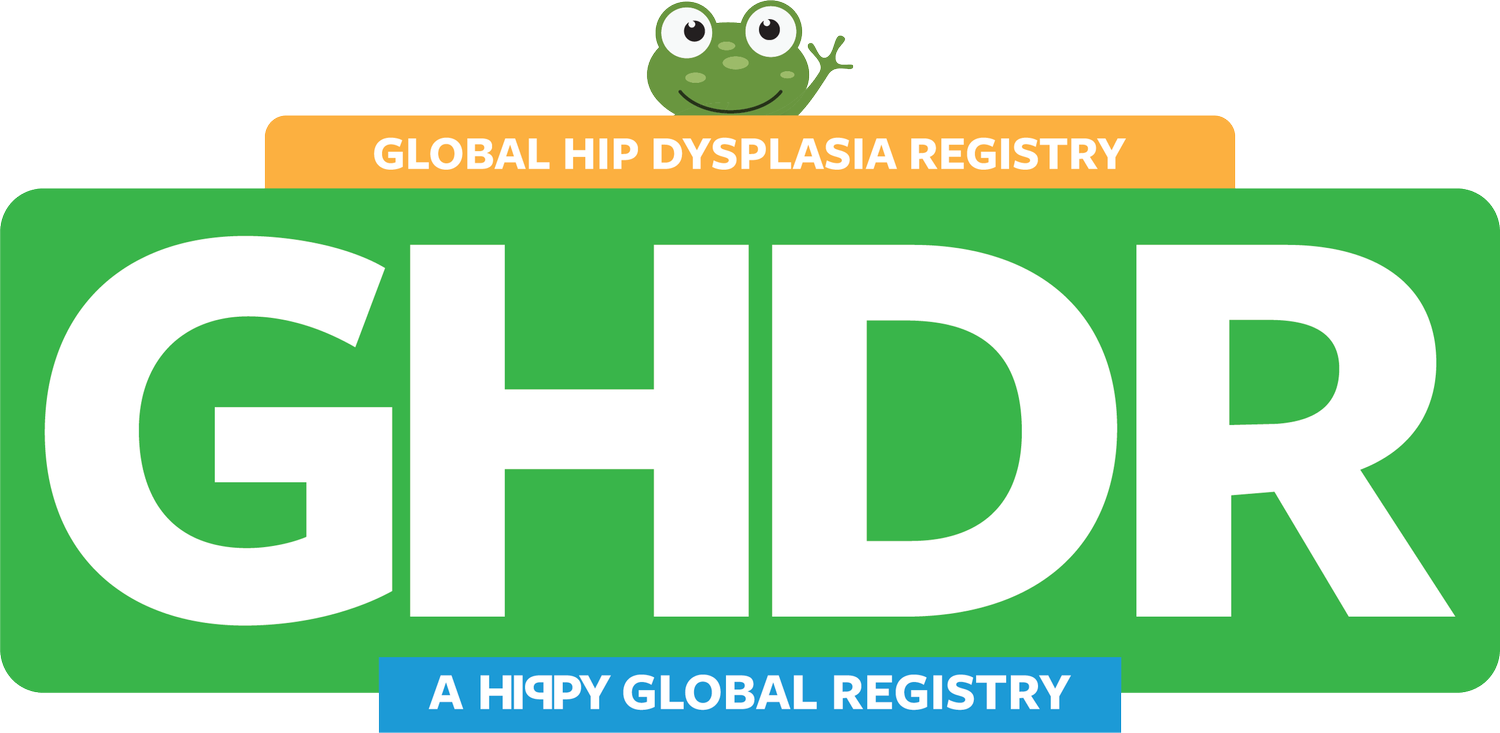External Resources
Additional resources are available at…
Developmental dysplasia of the hip (DDH) describes a spectrum of hip abnormalities.
DDH ranges in severity from mild instability of a reduced hip to severe dysplasia in a complete and irreducibly dislocated hip.
DDH is the most common pediatric hip condition, with 1-3% of all newborns diagnosed at birth.
The infant hip…
As infant hip joints are made mostly of soft, pliable cartilage, rather than hard bone in adults, the femoral head can more easily become unstable and misaligned or dislocate completely.
Clinical exams for hip instability
Clinical examination for hip instability is a universal standard; however, not all cases are detectable by this method, leading to potential missed diagnoses or late-presentations that are more difficult to treat.
When treated…
Even when treated, DDH is a major cause of early hip replacement or osteoarthritis of the hip in young adults.
When untreated…
If left untreated, hip dysplasia may lead to early hip joint arthritis and complete dislocations may lead to life-long disability.
Brace treatment
When hip instability is detected during infancy, many patients are treated with a brace. There are wide variations in treatment, types of braces, and duration of brace wear.
Surgical Treatment
When dislocations are detected after the age of six months, surgery is generally the option, but there are differences in opinions on which surgical methods to perform and when.


